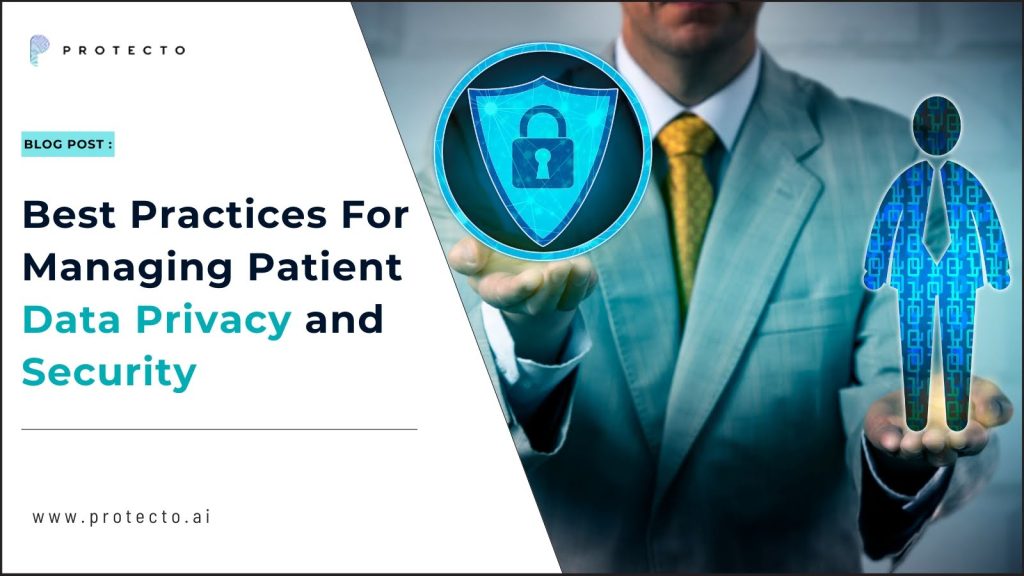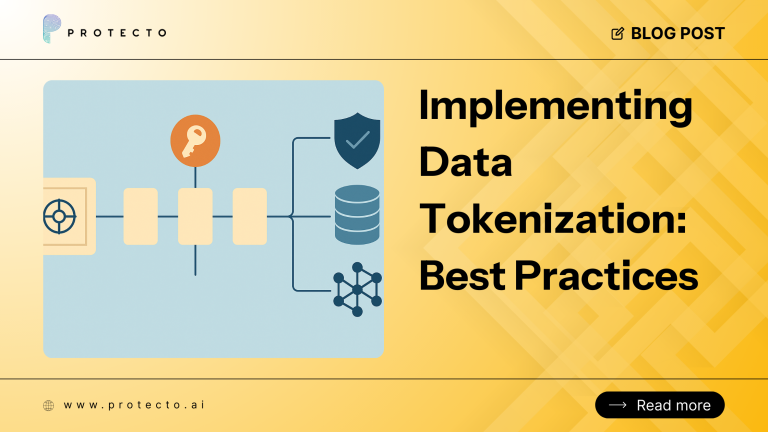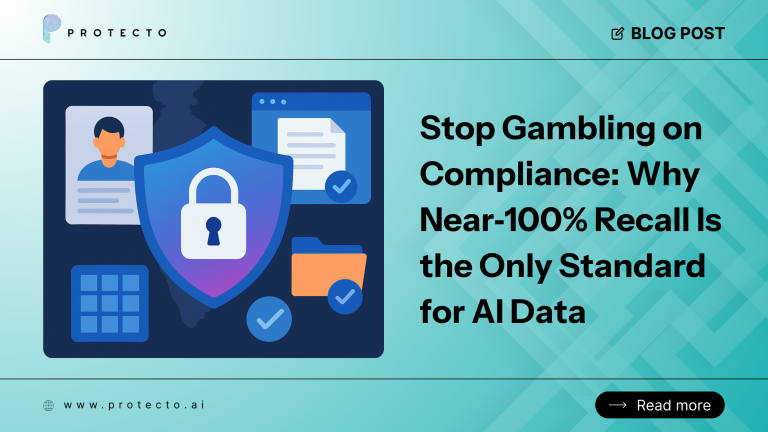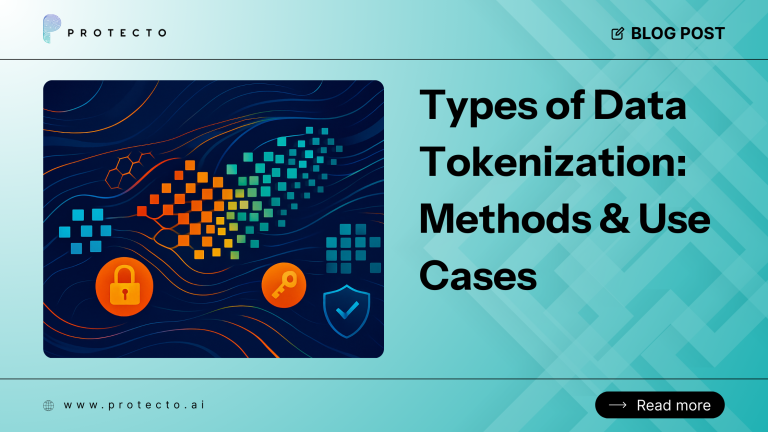Patient data privacy is of utmost importance in today’s healthcare environment. Security is equally critical, forming the foundation of trust between patients and providers. Healthcare organizations handle incredibly sensitive information, including medical histories, diagnoses, and treatment plans. Mishandling this data carries significant risks far beyond just financial implications.
These threats come in the form of significant monetary fines under some regulations. Reputational harm is also a significant threat, which could undermine patient trust. Regulations such as HIPAA in the United States and GDPR in Europe are in place to impose data protection. They contain and implement strict standards for managing patient information.
Understanding Patient Data Privacy and Security
What is patient data privacy, exactly? It involves the patient’s ability to control his or her personal health information. Patients are entitled to make decisions about who has access to their data. They have authority over how their information is used and disclosed. Such control is the basis of ethical healthcare practice.
Patient data security is crucial and involves a combination of technical, administrative, and physical safeguards. These measures are designed to protect patient information from misuse, unauthorized access, disclosure, alteration, or destruction. Ensuring the confidentiality, integrity, and availability of patient data is a top priority.
To safeguard patient data effectively, a multi-layered approach is essential. This includes:
- Technical Controls: These involve the use of advanced technologies such as encryption, firewalls, and secure authentication methods to protect data from cyber threats.
- Administrative Controls: These are policies and procedures that guide how data is handled, including employee training, access controls, and regular audits.
- Physical Controls: These include measures like secure data storage facilities, restricted access to data centers, and physical security systems to prevent unauthorized physical access.
By implementing these comprehensive safeguards, healthcare organizations can ensure that patient data remains confidential, intact, and accessible when needed.
Privacy, security, and compliance work together. They aren’t the same, though. Privacy focuses on patient rights. Security focuses on protecting the data itself. Compliance means following the rules. Data privacy in healthcare needs all three
Common Threats to Patient Data Security
Cyberattacks are a persistent threat to the healthcare industry, with data breaches occurring all too frequently. These attacks put sensitive patient information at risk, potentially leading to identity theft and other serious consequences.
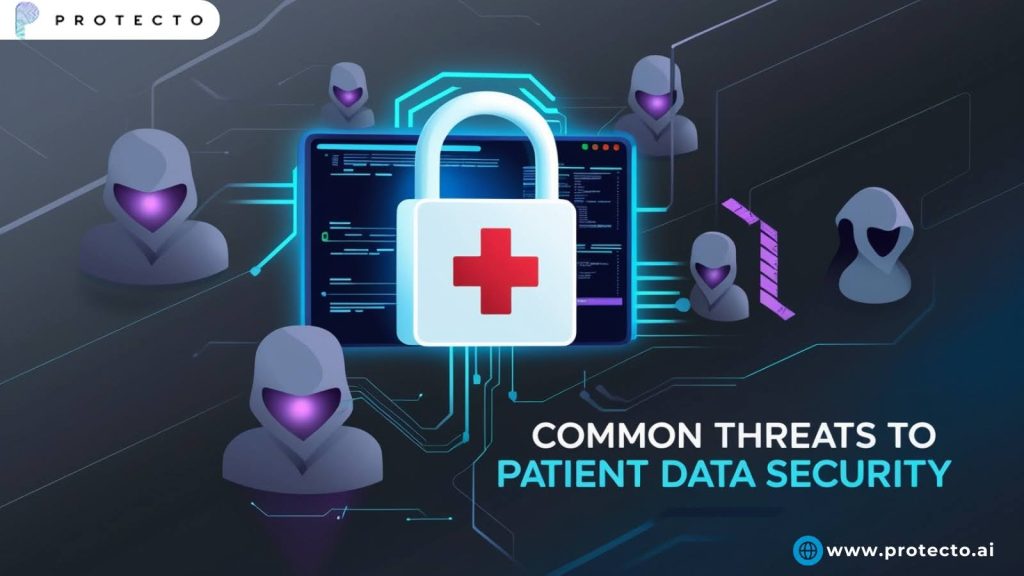
Employee actions, whether accidental or intentional, can also pose significant risks. Unauthorized access to patient data can result in data leaks, making strong internal controls absolutely essential.
Ransomware is an increasingly prevalent threat, with healthcare organizations being prime targets. Hackers lock down critical data and demand payment, which not only disrupts patient care but also leads to skyrocketing costs.
Electronic health records (EHRs) are particularly vulnerable because they contain a wealth of patient data. Hackers are highly motivated to gain access to this information, making it crucial to protect EHRs from end to end. Securing patient data is an ongoing process that never stops.
Best Practices for Managing Patient Data Privacy and Security
Implement Strong Access Controls
Role-based access controls (RBAC) are a fundamental security measure. RBAC limits access to patient data based on an employee’s job role and responsibilities. Employees only have access to the data they absolutely need to perform their duties. This minimizes the risk of unauthorized access.
Multi-factor authentication (MFA) adds an extra layer of security. MFA requires users to provide multiple forms of identification before gaining access. This typically involves something they know (a password), something they have (a security token), and something they are (a biometric scan). This makes unauthorized access significantly more difficult.
Continuous monitoring and logging of access to patient data is crucial. Organizations should track who accesses patient data when they access it, and what actions they take. This helps detect suspicious activity and potential security breaches promptly. Patient data security requires constant vigilance and proactive monitoring.
Encrypt Sensitive Healthcare Data
Protecting patient data requires strong encryption. Encrypt data everywhere: moving or stored. Encryption scrambles information. Only the right key unlocks it.
Server, database, and device encryption is vital. Lost or stolen devices won’t leak data if encrypted. Sending data also needs encryption. Sharing with doctors or patients must be secure. Healthcare data protection relies on using encryption always.
Ensure Compliance with Healthcare Data Regulations
HIPAA is a key regulation governing patient data privacy and security in the United States. GDPR applies to organizations that process the personal data of individuals in the European Union. Numerous other data protection regulations exist globally, each with its own specific requirements.
Compliance with these regulations is not just a legal obligation. It also helps protect patient data by establishing minimum data security and privacy standards. These regulations define specific requirements for data handling, access controls, breach notification, and patient rights. Healthcare data compliance is mandatory and essential for maintaining patient trust.
Secure Electronic Health Records (EHRs)
Medical records need safe storage. EHRs must be in secure systems. Only authorized people should access them.
Regular checks are necessary. These checks find security weaknesses. They also find unauthorized access attempts.
Train Healthcare Staff on Data Privacy
All healthcare workers need training on cybersecurity. They must learn to recognize threats. Phishing and social engineering are common dangers. Staff also need to know data security rules. Mistakes by employees often cause data breaches. Good training reduces these mistakes. Protecting patient information requires knowledgeable staff. Patient data privacy relies on people knowing the risks.
Implement Secure Data Sharing Protocols
Doctors and hospitals often need to share patient data. This sharing must be safe and follow the rules. Always use secure methods like encrypted email. Secure file transfers are also important.
For research, removing patient identifiers helps. De-identification and anonymization protect privacy. This allows data sharing for studies. Big data analysis needs this protection.
Conduct Regular Security Audits and Risk Assessments
Regular security audits and risk assessments are crucial for identifying vulnerabilities in healthcare IT systems. Qualified security professionals should conduct these assessments. They should cover all aspects of the organization’s IT infrastructure.
Proactive measures to mitigate identified risks are essential. Addressing vulnerabilities promptly reduces the likelihood of successful cyberattacks and data breaches. Security and privacy in healthcare require a continuous cycle of assessment, remediation, and improvement.
Establish a Robust Incident Response Plan
Despite best efforts, a data breach may still occur. A well-defined and tested incident response plan is essential for minimizing the impact of a breach. The plan should outline the steps to be taken during a security incident.
Notification is a critical component of an incident response plan. Affected individuals must be notified promptly of any breach that may have compromised their personal health information. Regulatory bodies like HHS may also need to be notified of HIPAA violations.
Mitigation strategies are equally important. Steps should be taken to contain the breach, prevent further data loss, and restore systems to regular operation. The incident response plan should be regularly reviewed and updated.
Future of Healthcare Data Privacy and Security
Artificial intelligence (AI) is increasingly important in improving healthcare data security. AI-powered tools can detect and respond to threats in real time. They can also automate many security tasks, freeing up human security professionals to focus on more complex issues.
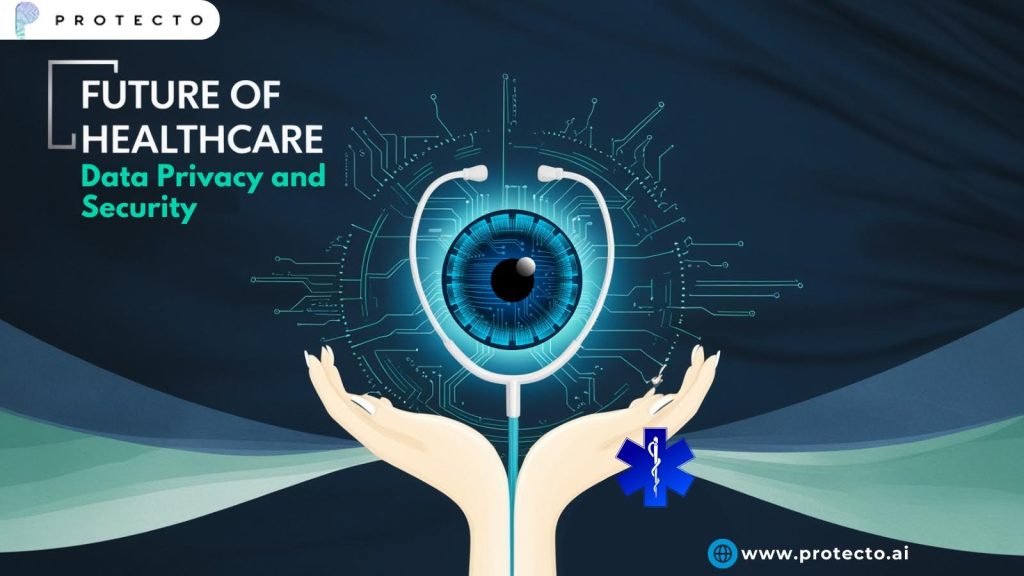
Blockchain can help protect data in healthcare. It’s hard to change once it’s written. This makes it tough for attackers.
Cloud security is crucial as more healthcare data moves online. Secure cloud settings and strong access controls are key.
Regulations will keep changing. Healthcare organizations need to stay flexible to handle new threats.
Conclusion
Regular security training for staff and frequent security audits are also vital. Continuous improvement is essential in the ever-evolving threat landscape. Patient data privacy is not a one-time project but an ongoing process requiring constant attention and adaptation.
Protecto provides solutions for data privacy and security in healthcare, helping organizations to manage sensitive data responsibly and effectively. They offer tools and resources to simplify compliance.

